MY (ROUGHLY) TEN FAVORITE DROUGHT TOLERANT PLANTS
It’s been a tough summer and fall for thirsty plants. As a gardener with no irrigation, I’m acutely aware of rainfall accumulation. My rain gauge has been a lonely instrument this year. Richmond is more than 8 inches below its normal annual rainfall.
One of the few benefits of no irrigation is that I observe over a long period of time how different plants react to drought. Over the last several years, I’ve developed a list of plants that I personally consider extremely drought tolerant. These are plants in my yard that pretty much never get hit by the sprinkler.
Before I roll out my list, I must stress one very important caveat: EVERY PLANT needs water to get established. The first year is the most crucial, but the second is also important. Observation is the key. When you are responsible for dragging a hose around your yard in periods without much rain, you get to know your plants really well. Take note in the years after planting to see when the “drought tolerant” plants begin to hold their own in dry periods. Then you will know that they’ve earned their drought tolerant status.
So here they are: the slightly more than 10 most draught-tolerant plants in my garden :
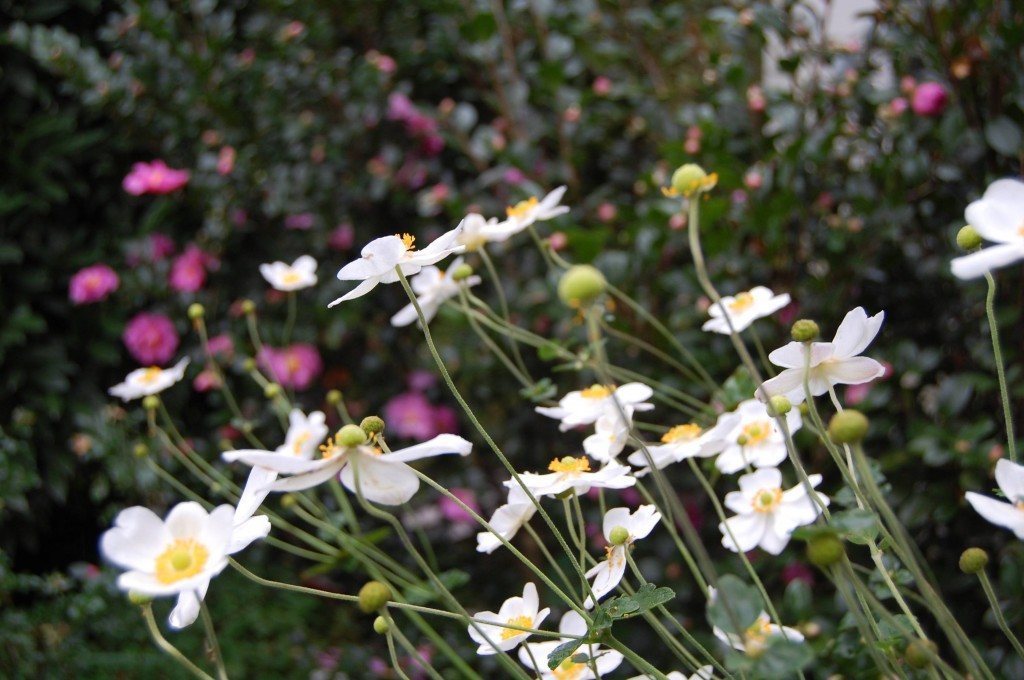
Japanese Anemone (Anemone japonica ‘Honorine Jobert’)
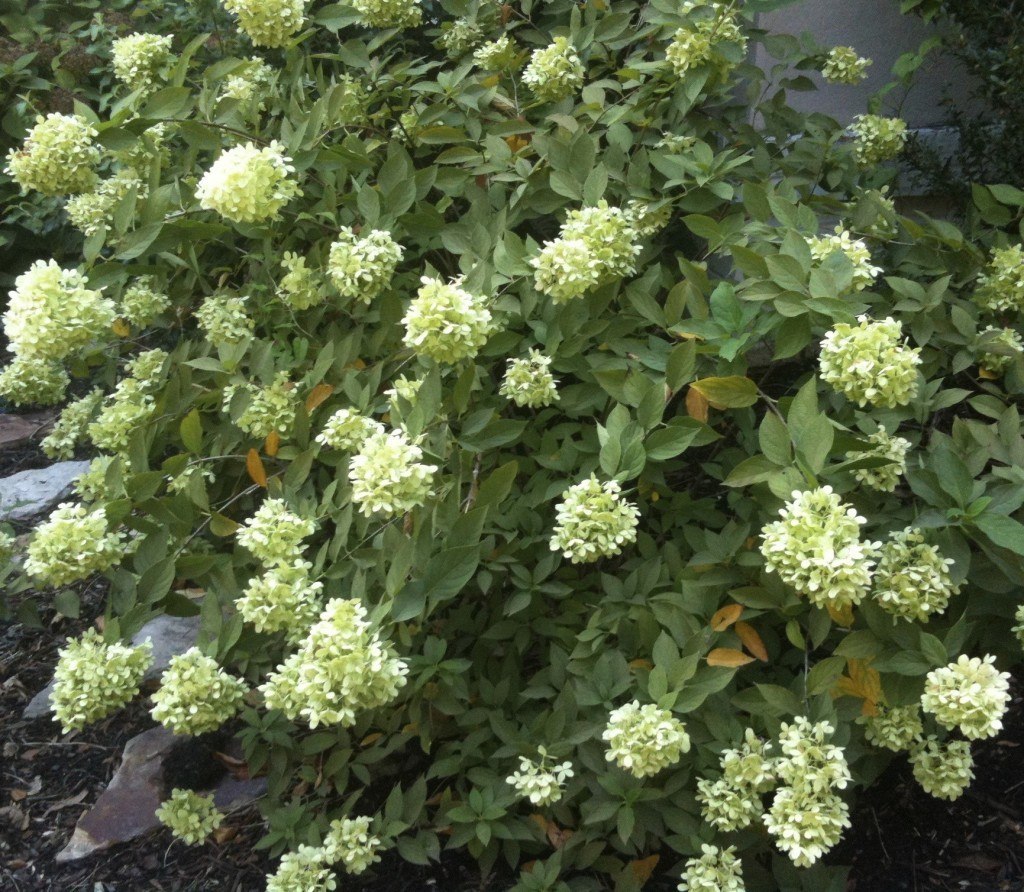
Limelight Hydrangea (Hydrangea paniculata ‘Limelight). H. paniculata ‘Tardiva’ is also draught tolerant. These are exceptions to the genus Hydrangea, which otherwise requires significant hydration (thus the name).

Catmint (Nepeta ‘Walkers Low’)
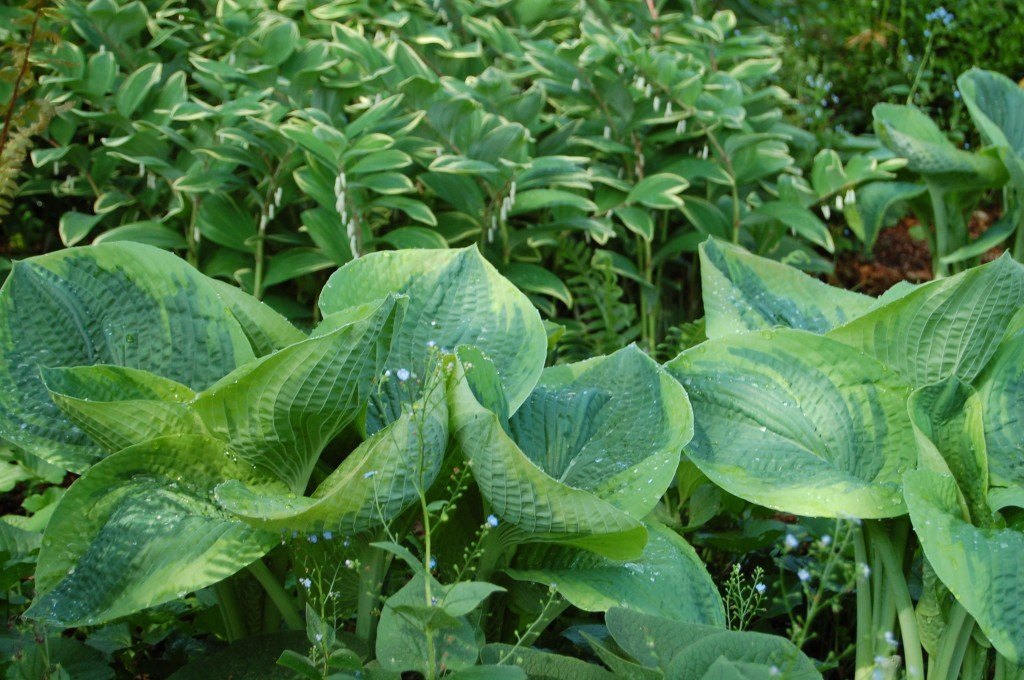
Hosta (here ‘Frances Williams) and Solomon’s Seal (Polygonatum odoratum variegatum)
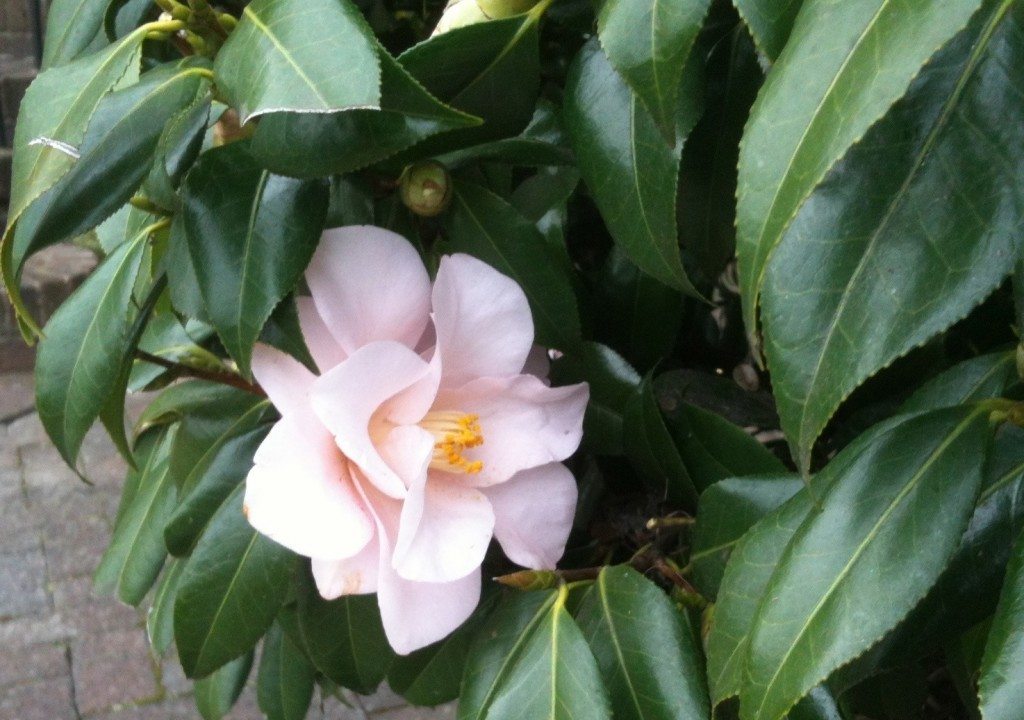
Camellia — both Sasanqua (fall/winter blooming) and Japanese (late winter/spring blooming). Spring blooming Camellia needs some shade to stay drought tolerant.
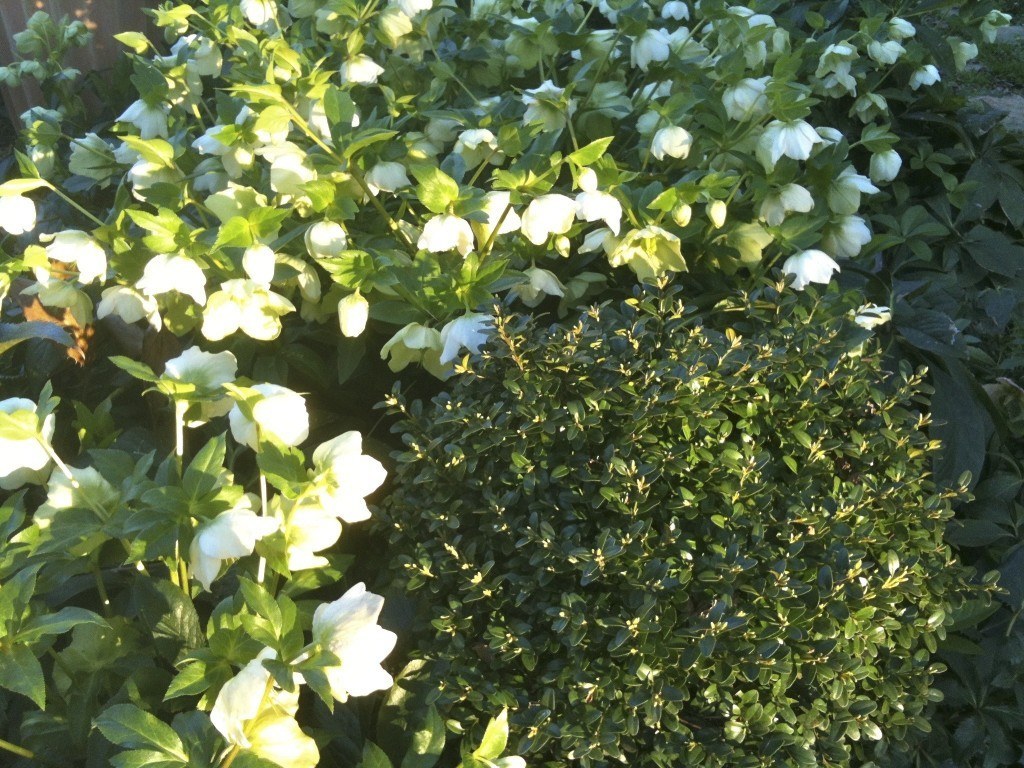
Lenten Rose (Helleborus orientalis) and Boxwood (Buxus, generally)
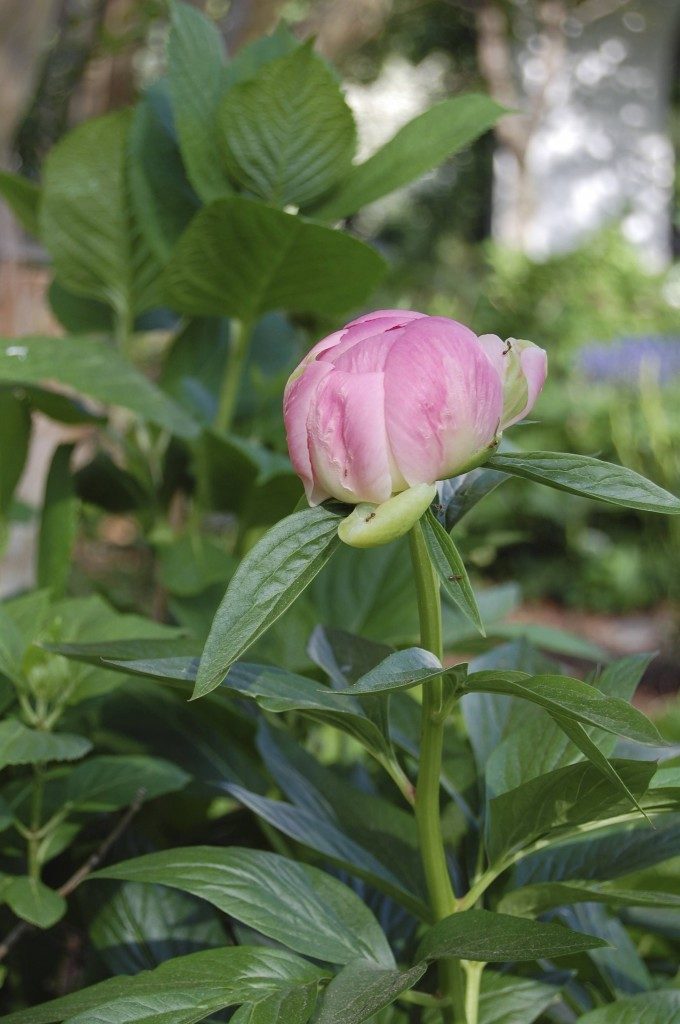
Peony (Paeonia).
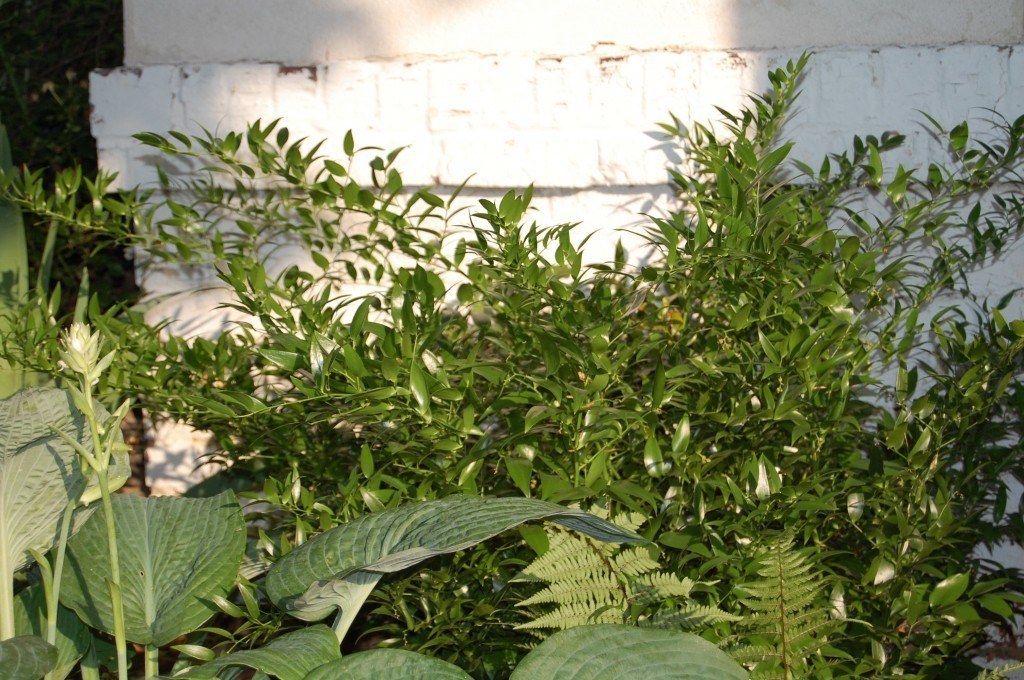
Poet’s Laurel (Danae racemosa)
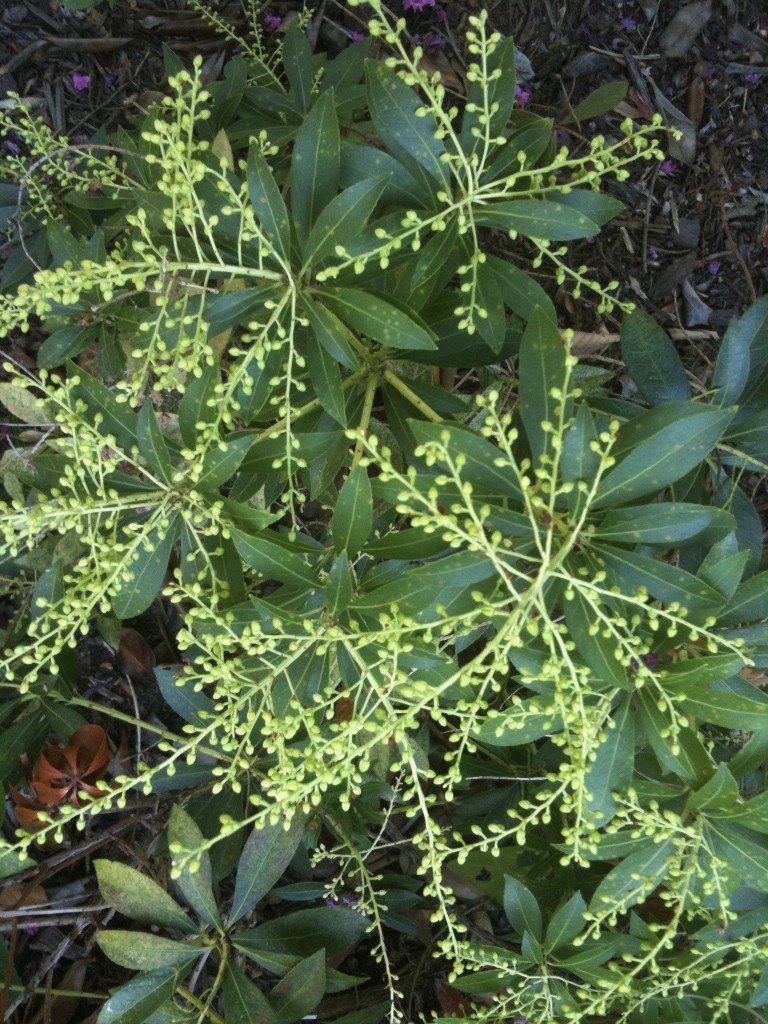
Pieris (Pieris japonica ‘Purity’). Takes awhile to get established, then completely self-sufficient.
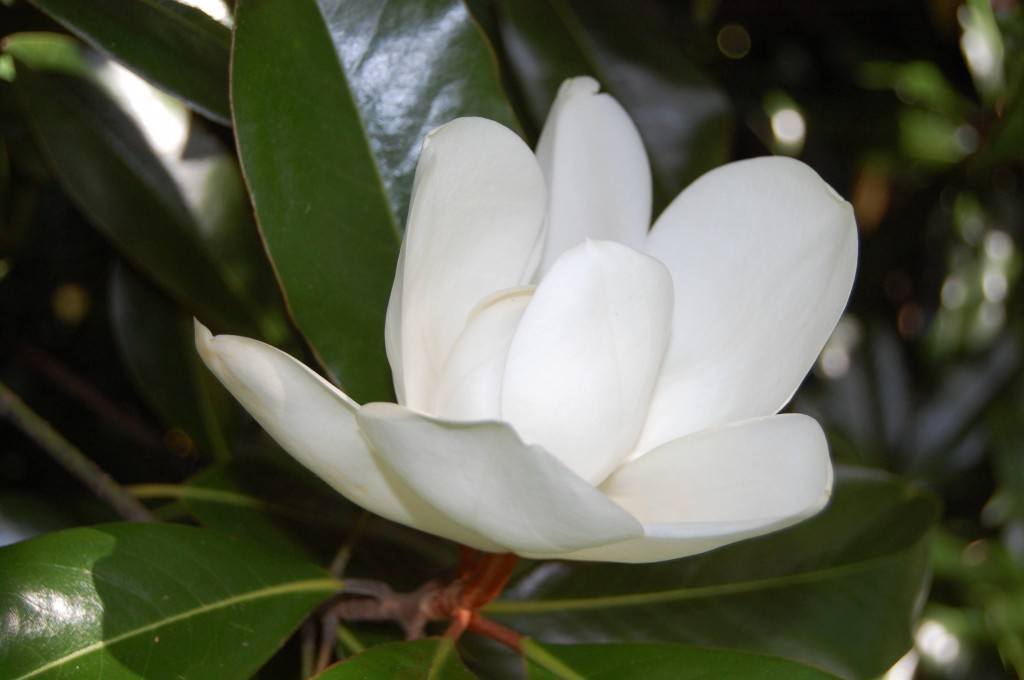
Southern Magnolia (Magnolia grandiflora)
[custom-related-posts title=”Related Posts” none_text=”None found” order_by=”title” order=”ASC”]

